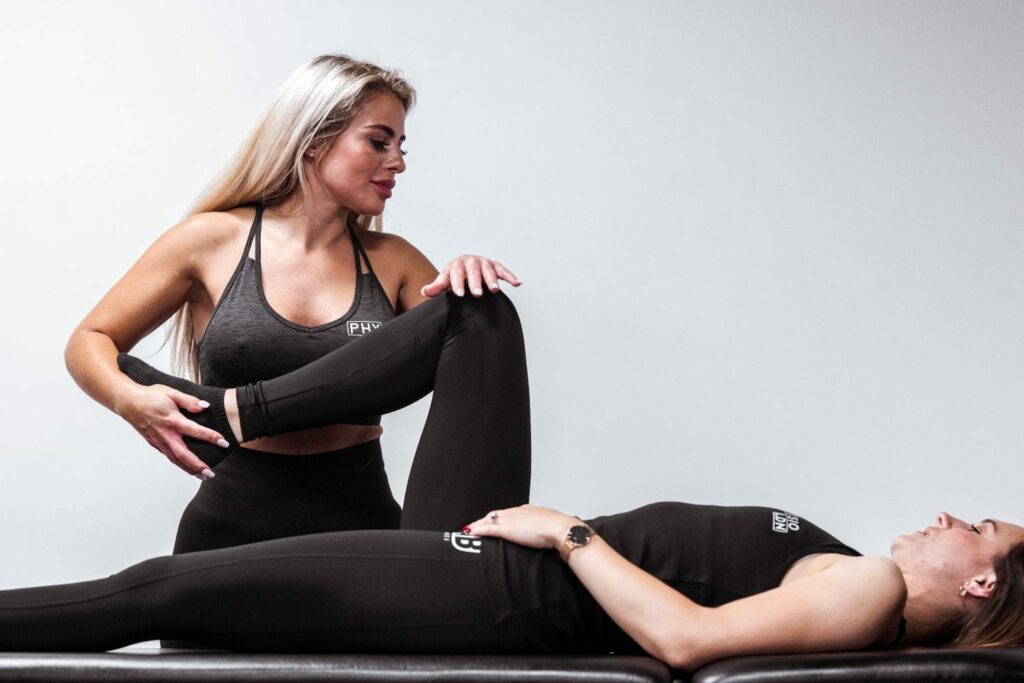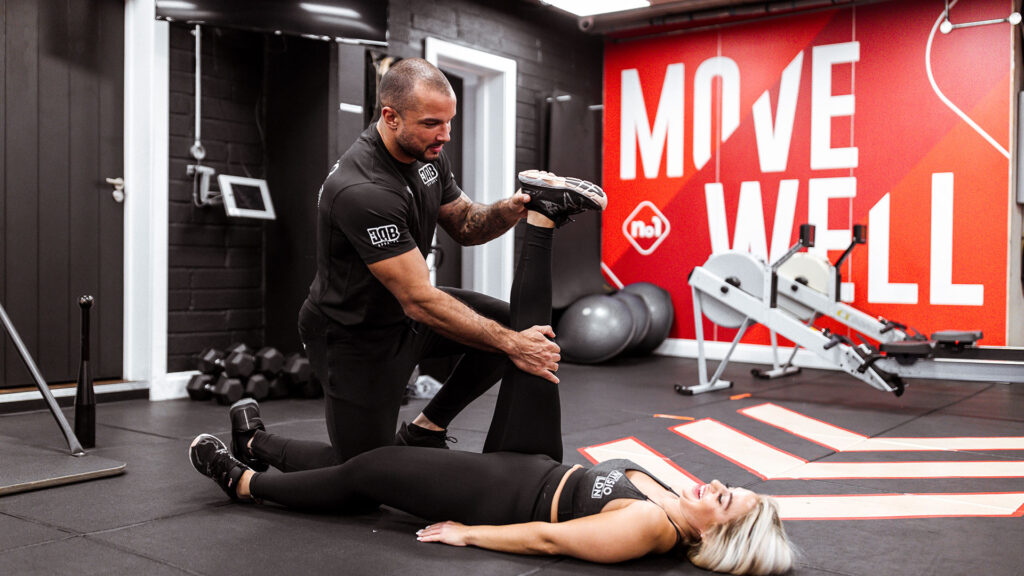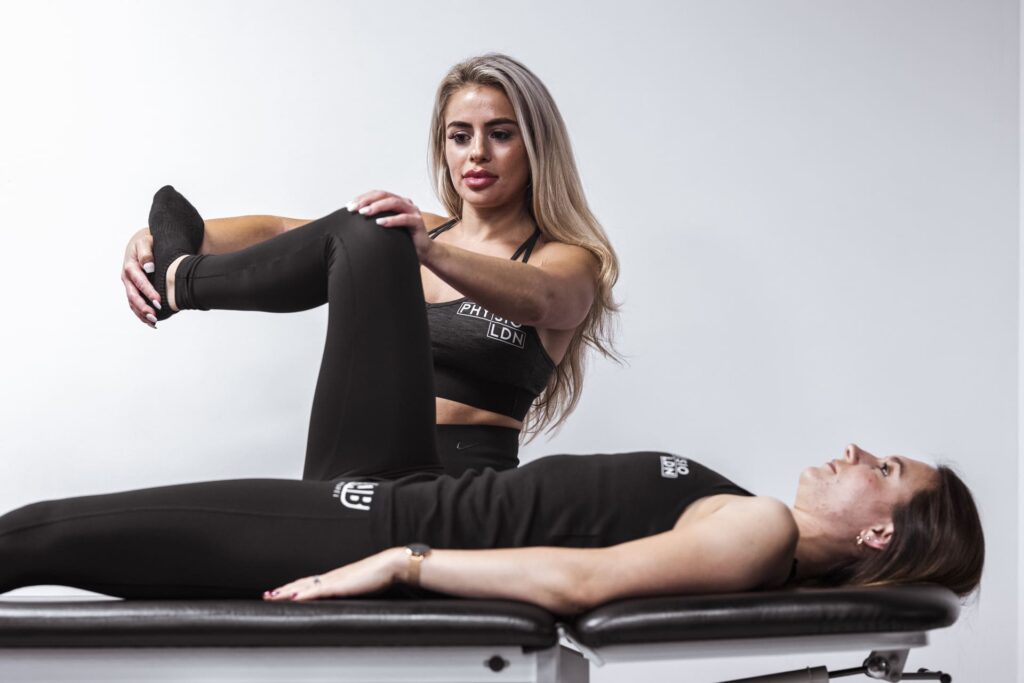Table of Contents
Main Takeaways
- Knee pain with swelling is rising, often caused by osteoarthritis, injuries, or inflammatory arthritis.
- Women with knee osteoarthritis report higher inflammation and pain.
- At-home care: rest, ice, compression, elevation, and gentle exercises.
- Knee braces and physiotherapy enhance recovery and function.
- Seek urgent care for severe pain, fever, redness, or inability to bear weight.
Knee pain accompanied by swelling is a common complaint affecting millions worldwide, with approximately 25% of adults experiencing knee pain at some point in their lives. Over the past two decades, the prevalence of knee pain has surged by nearly 65%, resulting in nearly 4 million primary care visits annually in the UK alone. This rise highlights the growing importance of understanding the causes, remedies, and when to seek urgent care for knee swelling and discomfort. Recent studies underline the urgency of addressing this condition effectively to improve quality of life and mobility.
Swollen knees can stem from a variety of causes, ranging from acute injuries to chronic conditions such as osteoarthritis. This article explores the common causes of knee swelling, effective at-home remedies, and critical signs indicating the need for urgent medical attention. Whether you are an active athlete or someone experiencing gradual knee discomfort, understanding these aspects is vital for timely and appropriate management.
Causes of Swollen Knees
Swelling in the knee joint often results from inflammation or fluid accumulation due to injury, overuse, or underlying medical conditions. One of the most prevalent causes is osteoarthritis, a degenerative joint disease that has seen a significant increase in incidence, particularly among women.
Women with knee osteoarthritis tend to report higher levels of pain and inflammation compared to men, with studies showing increased markers of inflammation in their blood and more widespread cartilage loss. This gender disparity emphasizes the need for tailored knee pain treatment approaches. Research findings highlight that inflammation is a key driver of symptoms in affected individuals.

Other common causes include acute injuries such as ligament tears, meniscus damage, or fractures. These injuries often lead to sudden swelling accompanied by pain and limited mobility. Additionally, repetitive strain injuries from sports or occupational activities can cause gradual swelling due to chronic inflammation. Interestingly, about 30% of individuals with knee osteoarthritis report subjective feelings of knee enlargement or swelling, even when objective swelling markers are absent, indicating the complex nature of knee pain perception. This phenomenon challenges knee pain clinicians to consider both physical and psychological factors during assessment.
In recent years, the integration of artificial intelligence (AI) has revolutionized the prediction and management of knee osteoarthritis. Deep learning models now assist in forecasting disease progression with reasonable accuracy, enabling early intervention and personalized care plans. This technological advancement promises to improve outcomes by targeting effective knee pain treatment before irreversible joint damage occurs. Latest studies demonstrate the potential of AI in transforming knee health management.
Furthermore, the use of wearable technology has gained traction, allowing for real-time monitoring of knee movements and load distribution. This data can provide valuable insights into an individual’s activity patterns, helping healthcare providers recommend modifications to prevent exacerbation of symptoms. As these technologies evolve, they may pave the way for more proactive and preventive approaches to knee health, potentially reducing the incidence of swelling and associated complications.
Another significant contributor to knee swelling is inflammatory arthritis, which encompasses conditions such as rheumatoid arthritis and gout. These autoimmune disorders lead to joint inflammation and can cause severe swelling, pain, and stiffness. In rheumatoid arthritis, for instance, the body’s immune system mistakenly attacks the synovial membrane, resulting in excessive fluid production in the knee joint. Gout, on the other hand, is characterized by the accumulation of uric acid crystals in the joint, leading to acute and painful episodes of swelling.
Understanding the underlying mechanisms of these conditions is crucial for developing effective treatment strategies and improving patient quality of life. The interplay between genetics, lifestyle factors, and environmental triggers remains an active area of research, shedding light on how these factors can influence the onset and progression of knee swelling in various populations.
At-Home Remedies
For many individuals experiencing mild to moderate knee swelling, several at-home remedies can provide relief and support recovery. Rest and elevation of the affected leg help reduce fluid accumulation and alleviate pressure on the joint. Applying ice packs intermittently can decrease inflammation and numb pain, especially within the first 48 hours after injury or flare-up. This simple yet effective method can be enhanced by wrapping the ice pack in a thin cloth to prevent skin damage and ensure comfort during application.

Compression using elastic bandages or knee braces is another effective method to control swelling and provide joint stability. Knee braces, in particular, have been shown to significantly improve function and reduce stiffness in patients with knee osteoarthritis. Their use can complement exercise therapy and other conservative treatments to enhance mobility and quality of life. Clinical evidence supports the role of knee braces as a cornerstone in symptom management. Furthermore, the selection of the right type of brace—whether it’s a soft, hinged, or rigid brace—can be crucial in addressing specific needs, providing the necessary support while allowing for some degree of movement.
Exercise remains a critical component of at-home care. Gentle strengthening and stretching exercises prescribed by physiotherapists help maintain joint flexibility and muscle support around the knee. London’s expert physiotherapy clinics, such as One Body LDN, offer tailored rehabilitation programs combining deep tissue massage and targeted exercises to address the root causes of knee pain and swelling.
Their award-winning team provides comprehensive care that emphasizes long-term recovery and prevention of future flare-ups. Engaging in low-impact activities like swimming or cycling can also be beneficial, as they minimize stress on the knee joint while promoting cardiovascular health and overall fitness.
Additionally, lifestyle modifications like weight management and ergonomic adjustments can reduce joint stress and inflammation. Incorporating anti-inflammatory diets and ensuring adequate hydration also support overall joint health. Foods rich in omega-3 fatty acids, such as salmon and walnuts, along with a variety of colorful fruits and vegetables, can help combat inflammation at the cellular level. The growing market for knee pain management is projected to expand steadily, reflecting increased awareness and demand for effective self-care and professional interventions.
Market trends indicate a promising future for innovative treatment options. As more individuals seek holistic approaches to manage their knee health, the integration of technology, such as mobile apps for tracking symptoms and progress, is becoming increasingly popular, offering users personalized insights and encouragement on their journey to recovery.
When to Seek Urgent Care
While many cases of knee swelling can be managed conservatively, certain symptoms warrant immediate medical attention. Severe pain, inability to bear weight, visible deformity, or sudden onset of swelling following trauma should prompt urgent evaluation. These signs may indicate fractures, ligament ruptures, or infections requiring prompt intervention to prevent complications.

Infections within the knee joint, though less common, are serious and can rapidly damage cartilage and bone. Symptoms such as fever, redness, warmth around the knee, and intense swelling necessitate emergency care. Early diagnosis and treatment of antibiotics with the best knee pain treatment in London are critical to preserving joint function. The risk of septic arthritis, where bacteria invade the joint space, can lead to irreversible damage if not treated swiftly. Therefore, it is essential to recognize these symptoms early and seek care without delay.
Moreover, persistent or worsening swelling despite at-home care, accompanied by systemic symptoms like unexplained weight loss or night pain, should raise suspicion for more severe conditions including inflammatory arthritis or malignancies. Advanced diagnostic tools and specialist input are essential in such scenarios.
Conditions like rheumatoid arthritis or even certain cancers can manifest with joint symptoms, making it vital to conduct thorough evaluations to rule out serious underlying issues. Blood tests, imaging studies, and sometimes even joint aspiration can provide crucial insights into the underlying cause of the swelling.
The advent of AI-assisted treatment plans in 2023 has enhanced healthcare providers’ ability to monitor patient progress and personalize interventions effectively. This integration allows for timely adjustments in therapy, improving outcomes for patients with complex knee inflammation. Innovations in treatment are transforming the landscape of knee care, ensuring patients receive the most appropriate and responsive management.
Furthermore, the use of telemedicine has expanded access to specialists, enabling patients to receive expert opinions and follow-up care without the need for extensive travel. This is particularly beneficial for those living in remote areas or with mobility challenges, ensuring that timely care is always within reach.
For more detail information of different treatment see the blog knee pain treatment.
FAQ
What causes knee swelling without an injury?
Knee swelling without an obvious injury can be due to chronic conditions like osteoarthritis, rheumatoid arthritis, or bursitis. Inflammation from these diseases leads to fluid buildup and discomfort. Sometimes, subjective feelings of swelling occur even without measurable fluid increase, highlighting the complexity of knee pain perception. Additionally, other factors such as gout, which is characterized by sudden and severe pain due to uric acid crystal accumulation, can also contribute to swelling. In some cases, infections or conditions like synovitis, where the synovial membrane becomes inflamed, might manifest as swelling without a clear injury history. Understanding the underlying causes is crucial for effective management and treatment.
How long does knee swelling last after an injury?
The duration of knee swelling depends on the injury severity. Mild sprains or strains may resolve within a few days to weeks with proper care. More severe injuries like ligament tears or fractures can cause swelling lasting several weeks or longer and require professional treatment. Factors such as age, overall health, and adherence to rehabilitation protocols can also influence recovery time. For instance, older adults may experience prolonged swelling due to slower healing processes. It’s essential to monitor the swelling and seek medical advice if it worsens or does not improve, as this could indicate complications such as joint effusion or secondary injuries.
Can knee braces help reduce swelling?
Yes, knee braces provide support and compression that can reduce swelling and improve joint stability, especially in osteoarthritis cases. They are considered one of the most effective conservative treatments for managing symptoms and enhancing function. There are various types of knee braces available, including functional braces that support injured ligaments and prophylactic braces designed to prevent injuries during sports. The choice of brace should be tailored to the individual’s specific condition and activity level, and consulting with a healthcare professional can help determine the most appropriate option. Additionally, combining brace use with physical therapy can further enhance recovery and mobility.
When should I see a physiotherapist for knee swelling?
If knee swelling persists beyond a few days, affects mobility, or is associated with pain, consulting a physiotherapist is advisable. Expert assessment and tailored rehabilitation programs can address underlying causes and promote recovery. London clinics like One Body LDN offer specialized physiotherapy services for knee conditions. Physiotherapists can employ various techniques, including manual therapy, ultrasound, and specific exercises aimed at strengthening the surrounding muscles and improving joint function. Early intervention is key, as it can prevent the development of chronic issues and facilitate a quicker return to daily activities or sports.
Is knee swelling a sign of infection?
Knee swelling accompanied by redness, warmth, fever, and severe pain may indicate an infection. This is a medical emergency requiring immediate evaluation and treatment to prevent joint damage. Infections can arise from various sources, including direct trauma, post-surgical complications, or systemic infections that spread to the joint. Conditions such as septic arthritis, where bacteria infect the joint space, necessitate prompt antibiotic therapy and possibly surgical intervention to drain infected fluid. Recognizing the signs early can be critical in preserving joint health and function.
How does AI improve knee inflammation treatment?
AI algorithms analyze patient data to predict disease progression and tailor personalized treatment plans. This technology helps healthcare providers monitor responses and adjust therapies promptly, improving outcomes in knee inflammation management. By integrating machine learning with clinical data, AI can identify patterns that may not be immediately apparent to clinicians, leading to more accurate diagnoses and targeted interventions. For instance, AI can assist in evaluating imaging studies, predicting flare-ups, and even suggesting lifestyle modifications based on individual risk factors. As AI continues to evolve, its role in enhancing patient care and optimizing treatment pathways is expected to expand significantly.
Take Control of Your Knee Health with One Body LDN
If you’re struggling with knee pain and swelling, don’t wait for your symptoms to worsen. One Body LDN is here to help you tackle the root cause of your discomfort with our expert assessments and personalized rehab plans. Our award-winning London physiotherapy team specializes in musculoskeletal conditions, sports injuries, and post-operative care, ensuring you receive the highest standard of treatment. From deep tissue massage to exercise rehab, we’re dedicated to providing instant pain relief and long-term recovery. Book your free initial assessment at our clinic today and experience the difference with One Body LDN, where your physical health is our top priority. Schedule your visit now and join the thousands who have found relief with our trusted physiotherapy services.


